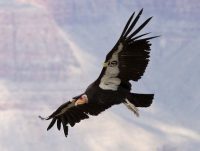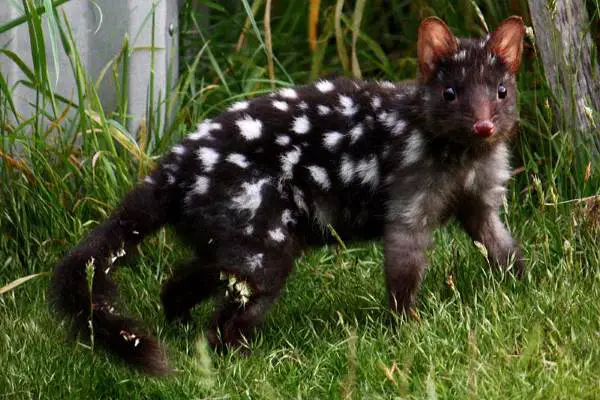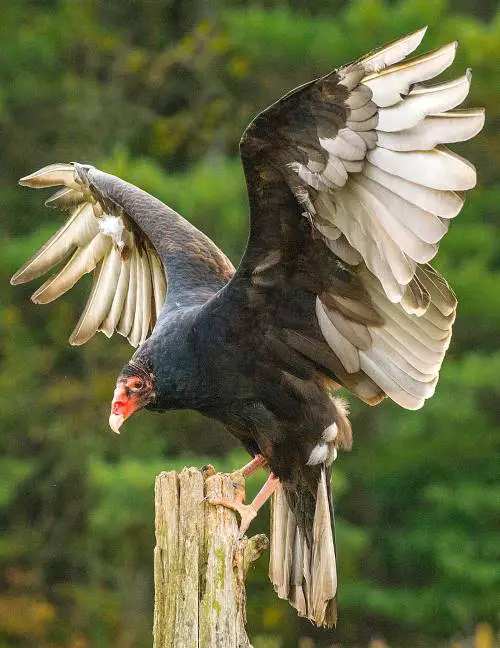Let’s have a look at some of the most interesting California condor facts. The California condor (Gymnogyps californianus) is one of the rarest birds in world. It was thought to become extinct in the wild in 1987 but scientists reintroduced the bird in southern Utah and northern Arizona.
California Condor Facts for Kids
The California condor has probably got the widest wingspan of any North American bird. The wingspan reaches a size of 9.8 feet. The condor is one of the heaviest birds of North America—second only to trumpeter swan.
It has ivory-colored bill and a featherless neck just like vultures in fact the California condor is a New World vulture. Its feathers are all black except for undersides which are mostly white.
Unlike other birds of prey, the adult females are smaller than the males. The overall length of a bird is about 109 to 140 cm with a wingspan reaching at 8.2 to 9.8 feet. Adult condors wei gh 15 – 31 pounds.
gh 15 – 31 pounds.
Where Do California Condors Live? California condors make habitats in oak savannas, coniferous forests, and shrubland. They are known to make nests in large trees as well as in cliffs.
What Do California Condors Eat? California condors like to eat carcasses of animals such as cougars, cattle, sheep, goat, donkeys, pigs, horses, rabbits, aquatic mammals, whales, California sea lion, and salmon.
They will travel as much as 160 miles in search of carrion. They often preen their feathers.
California Condor Speed: The condor can fly at a speed of 56 miles per hour. California condors fly at a height of 15,100 feet.
The female lays only one bluish egg annually. The egg weighs up to 280 grams. Eggs hatch in 53 – 60 days. Chicks need 150 – 180 days before they begin their first flight.
The lifespan of a California condor is about 60 years in the wild.
Predators of California condors are ravens, bears, and golden eagles.
The IUCN has listed the bird as a critically endangered species as there are no more than 446 individuals remaining in the wild as well as in captivity.
You might be interested in





